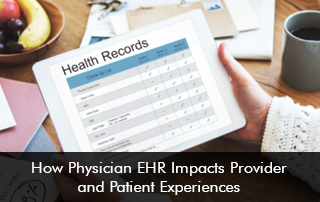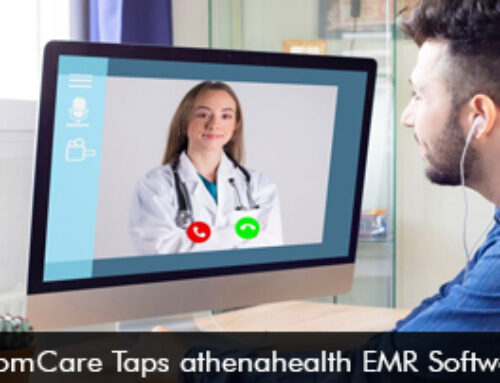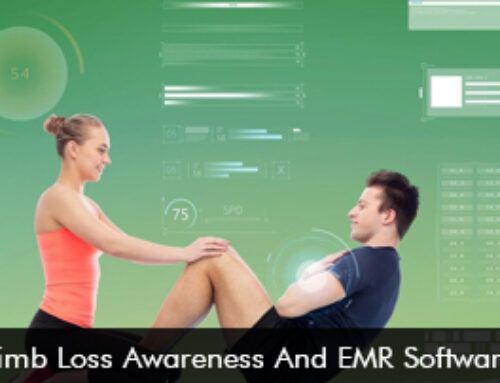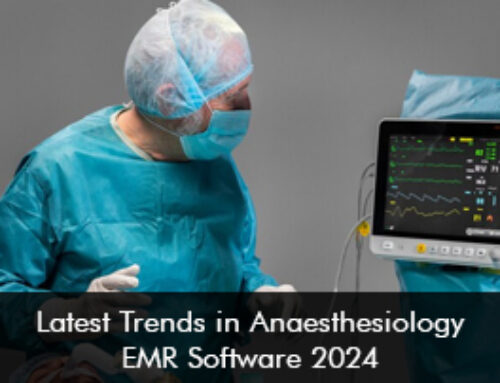The use of the Electronic Health Records (EHR) system has made physician EHR use even more dominant during patient encounters. The widespread shift from paper records to electronic records is the main reason for this. The robust Electronic Medical Records (EMR) software technology is meant to promote safer, more efficient, and high-quality medical care to enhance health outcome levels.
How has physician EHR use impacted provider and patient experiences?
A recent study from The Annals of Family Medicine revealed that physicians and physician assistants have negative views of how EMR use impacts patient visits. On the other hand, patients had positive perceptions of electronic health records software use. More than 90% of the patients believe that the use of the software system has a positive impact on their overall experience. Patients had positive perceptions of the doctor’s eye contact, and how well they focused on what the patient said during an encounter with the EHR software.
The importance of patient-provider communication
Communication is the most essential part to improve the patient-provider relationship. Effective communication can result in a boost in patient satisfaction scores, reduce the number of complaints, improve patient compliance, and enhance patient outcome levels.
Administrative duties such as physician EHR use can reduce the amount of time that is focused on patient care. This can lead to ineffective communication as the provider can miss out on important patient cues during an encounter.
How to achieve effective communication
The following strategies can be used to maintain effective communication to satisfy patients by improving their experience.
- EHR voice dictation tools can be leveraged, so the provider can make eye contact with the patient, look less distracted, and be more focused to observe patient cues.
- Providers can create built-in documentation time within the day, this can allow clinicians to focus directly on patient care and get more precise perceptions of their experiences.
- Enhance the user interface of the EMR software system to promote user-friendly navigation.
- Medical scribes can be utilized to decrease the administrative burden of clinical documentation and streamline the documentation process.
For the providers to have positive perceptions of EHR software use, it is crucial to prioritize health data interoperability and user-centered software design which can combat administrative burdens leading to clinician burnout.







